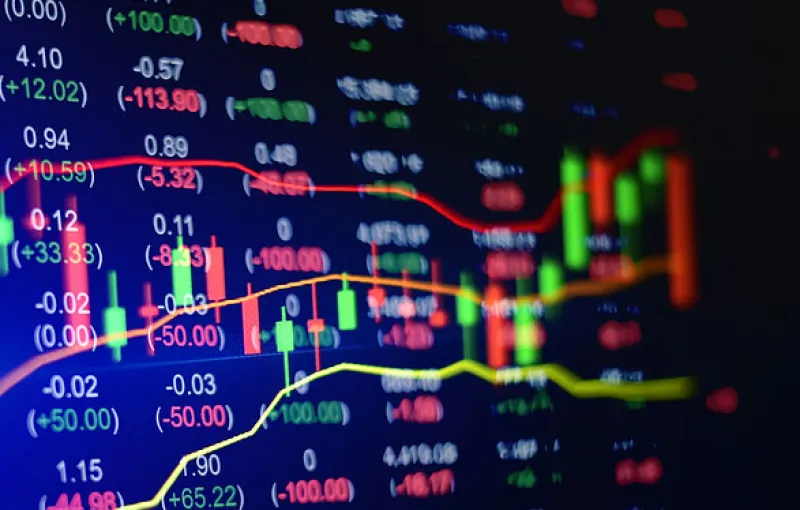Public pension plans in the U.S. saw significant losses in 2022 as interest rates rose and stock markets tanked.
In its annual state of pensions report, Equable Institute, a non-profit that provides public pension research and information, found that in the fiscal year ending in June 2022, the aggregate funded ratio of statewide and municipal public pensions plans dropped by 6.9 percentage points — a loss of about half of 2021’s gains. In fact, the report said this drop is the largest single-year decline in the funded ratio since the 2008 financial crisis.
“There was about a trillion-dollar gain in fiscal year 2021, and we’re looking at about a $300 billion loss in fiscal year 2022,” Anthony Randazzo, executive director at Equable Institute, told Institutional Investor. “That stood out to us as being rather intense.”
Equable estimated that the average return for 2022 will be a loss of 10.4 percent. According to the report, this will be the first negative average for public pension plan returns since 2009.
Over the long-term, however, performance still looks strong, according to Randazzo. Thanks in part to 2021’s massive growth, the average ten-year returns comes out to 7.5 percent — above the assumed rate of return of 6.9 percent.
“Financial markets have fallen, but it hasn’t wiped everything out,” Randazzo said.
Regardless, he said it’s likely that public pension plans will reassess their allocations for the next cycle.
From 2001 to 2021, asset allocations at pension funds have shifted away from low-risk fixed income investments like bonds to higher-risk strategies, like hedge funds and private equity. As of 2021, private equity investments comprised over 10 percent of pension portfolios.
After 2022’s losses, Randazzo said it’s quite possible that some retirement systems will start to allocate less money to private equity in lieu of safer bets.
The down market has also worsened the state of cash flow at public pension plans. The Equable report said negative cash flows have steadily increased at pensions over the past two decades. With 2022’s market conditions, Randazzo said public funds are in for a “tricky situation.”
“They’re going to pay more benefits than they were anticipating,” he said, referring to the high rate of inflation. “That means they’re going to have to send more cash out the door at the same time that assets are lower. That’s going to create a very constricting environment for investment strategy.”







